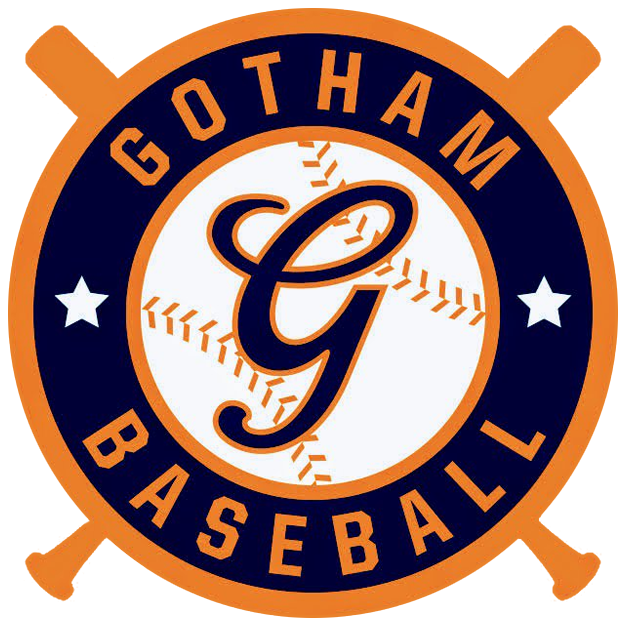 Baseball prospects live in a world of comparables. I know how many tools Byron Buxton has, but is he the next Mike Trout? Sure, Archie Bradley throws a lot of strikeouts, but can he be the Diamondbacks’ Justin Verlander?
Baseball prospects live in a world of comparables. I know how many tools Byron Buxton has, but is he the next Mike Trout? Sure, Archie Bradley throws a lot of strikeouts, but can he be the Diamondbacks’ Justin Verlander?
And what of Travis d’Arnaud, long ranked as the top catching prospect in baseball. Is he the next Buster Posey? Joe Mauer? Or is he more of a Russell Martin type? Or is he something more ominous altogether, a direct descendant on the lineage line of Jason Phillips, Josh Thole, and whoever else the Mets have tried to stick behind the dish in the last decade and make it work like Tim Gunn was breathing down their neck.
But then, an epiphany.
In the ninth inning of Wednesday night’s Cardinals-Mets game, a catcher made a game-saving, preposterously acrobatic stretch to tag out a runner at the plate, making a play with the kind of nimbleness most backstops wouldn’t dare to dream about. Of course, this was just another in a long line of mesmerizing plays turned by Yadier Molina, all-around catcher extraordinaire, preserving yet another heartbreaking loss for the gutless, guileless Mets.
That story, of course, is all too convenient and not quite the truth. Molina committed no such heroics (not on Wednesday night at least). The sparkling play in question was brought to you by d’Arnaud, whether the result of a fine relay throw by Ruben Tejada, d’Arnaud’s gift for defense at the plate, or some Freaky Friday scenario in which the howling Citi Field winds created some sort of skill transplant from Molina to the Mets’ young catcher.
The trademark play of d’Arnaud’s young career, refreshingly, cannot be rationalized by the supernatural, but is perhaps just another tangible stitch in the “As Good As Advertised” signpost d’Arnaud is striving to carry around with him as his major-league career takes off. And about those epiphanies and comparables: With his defensive prowess, game-calling savvy and propensity to some day (soon?) be a consistent hitter, is Travis d’Arnaud the second coming of Yadier Molina?
Not usually one to make knee-jerk, reactionary assessments, there was something particularly titillating about d’Arnaud making such a fine tag playing opposite the most accomplished defensive catcher in baseball. More symbolic than tangible, seeing the two sharing the same field for the first time allowed for a different perspective, one in which the throne of baseball’s Catching King was threatened, however infinitesimally, by the Mets’ usurper.
For d’Arnaud, much like it was for Molina, the name of the game is patience. (Well the name of the game is baseball, but look, I’m trying to make a point.) That Molina’s .246/.302/.348 slash across his first three full seasons (2005–07) didn’t jump off anyone’s page is well known. But Bengie and Jose’s youngest brother had the pedigree, the wherewithal behind the dish, and as Mets fans knew all too well, had the clutch bug, to earn himself a spot in the Cardinals’ long-term plans (not to mention a 10-year, $96 million contract).
It’s not time to issue d’Arnaud $100 million, but perhaps we should concede that defensively, he can soon hang with baseball’s top dogs. As for his bat, there’s nothing to suggest that he’s going to suddenly become a perennial .300 hitter of the Molina ilk, but it’s something to work on and have faith in, so long as his glove continues to be what it was in the ninth inning of Wednesday’s game.
Unlike Juan Lagares, it’s not as easy as creating an OBP benchmark d’Arnaud must meet to justify keeping his glove in the lineup. As one of five outfielders, Lagares is relatively expendable, and as much as Anthony Recker has endeared himself early in this season, he is not a long-term everyday option should d’Arnaud not pan out. Molina’s offensive growing pains lasted over the better part of six seasons and while the offensively starved Mets can’t necessarily wait that long for d’Arnaud to be a consistent offensive contributor, that’s the reality of rearing a defense-first catcher.
Again, the good news is d’Arnaud is relatively polished behind the dish. By all accounts, he’s a fine pitch-framer, calls a good game, and can be the reassuring presence—by accounts tangible and intangible—that the Mets’ stable of young pitchers needs to thrive. If and when he becomes a nice hitter will hopefully come sooner rather than later, but it’s not hard to already find shades of Molina in the Mets’ catcher of the future.
And if he hits a dramatic, go-ahead home run in Game 7 of a near-future NLCS, well that wouldn’t hurt his case either.
